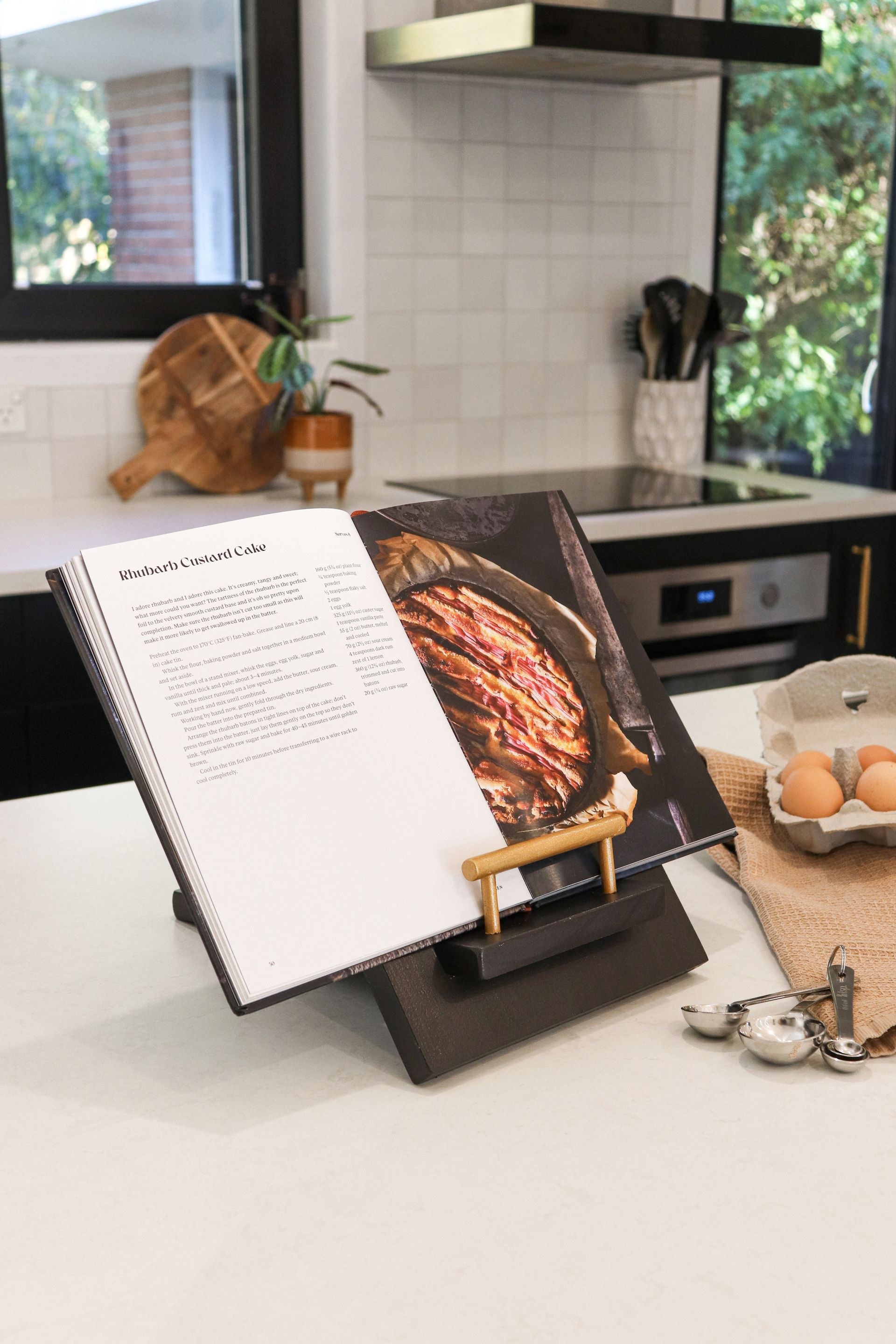For 40 years, the Bleeker family’s Makikihi Fries has produced its famed golden French fries from potatoes proudly grown locally in South Canterbury. Behind its success is a family-owned business founded on ingenuity, hard work, quality and taste.
As you pass through the tiny South Canterbury town of Makikihi, it’s impossible to miss the three-metre-high towering pottle of chips hanging off the end of the Makikihi Fries factory. Synonymous with delicious golden fries, Makikihi Fries put Makikihi on the map.
If he were alive to see it, founder Jac Bleeker would undoubtedly be proud to see just how far the business has come since he established it in 1983. Going from strength to strength, their fries are now sold in restaurants, bars, fish and chip shops, lunch bars and supermarkets nationwide, with their product range expanding beyond original straight cut fries to include steak cut, crinkle, and skin on.
Originally from Holland, Jac Bleeker arrived in New Zealand at 22 with no money in his pocket. Having attended agricultural college and worked on their family farm in his homeland growing cabbages and potatoes, Jac started working on a farm in Oamaru where they grew vegetables. He then went sheep shearing for a few years before ending up on a farm at Makikihi.
Not long after settling in the area, Jac married a local girl named June. Together, they brought up three sons and a daughter and, over time, started growing potatoes from a small paddock. Jac grew his first commercial crop of potatoes in 1957. Initially, he sold his potatoes into the local market before becoming the sole supplier to Dunedin-based Smith’s Potato Crisps. Later the factory was deemed structurally unsafe, so to keep business going, Jac offered to build a crisping factory at Makikihi. Eventually, Smith’s Potato Crisps was taken over by ETA Foods, and the factory was closed down. He also supplied potatoes to Jack’s Snacks, but they were bought out and eventually shut down.
With the crisping factory sitting vacant, Jac saw an opportunity to add value to the potatoes he grew. He turned his attention to making French fries, repurposing what equipment he could. ‘Grandad was very mechanically minded,’ says current owner Simon Bleeker (Jac’s grandson). ‘He knew what he needed, but no one else could make it, so he set about making it himself. Although some of it was rough; it worked well.’
Makikihi Fries uses Agria potatoes grown locally in South Canterbury.
Photo Annie Studholme.
Technology and mechanisation have had a massive impact on the factory and the planting, growing and harvesting of potatoes over the years.
Famed for their superior taste, Makikihi Fries are instantly recognisable by their golden yellow colour.
Photo supplied.
It wasn’t the first time he’d put his ingenuity to good use. In the late 1960s, Jac built one of the first (if not the first) potato harvesters in the South Island from scratch using wood, hand-woven belts made from high tensile wire, along with metal pipe used for bearings.
From the outset, Jac was committed to ‘keeping it simple’ using minimal, high-quality ingredients with no preservatives, additives or artificial flavour enhancers. Despite every other French fry manufacturer in the country moving to use seed oils, Makikihi Fries has stuck to their guns, using beef tallow. ‘We don’t like to mess with something so good. It’s just beef tallow and potato. Beef tallow was the original way of parfrying French fries. Over time it has been lost, but we have stuck with the genuine way of doing things. It’s the reason our fries’ taste shines through, hands down. We are pretty unique in that respect,’ says Simon.
It’s arguably healthier, too, he says. Tallow comes from beef and is full of saturated fats and low in potentially harmful polyunsaturated fatty acids (PUFA), which are unstable and more susceptible to thermally induced oxidation, also known as burning.
During production, potatoes are bathed and scrubbed until clean, hand sorted, cut into chips, blanched, and then tossed in hot tallow. Any excess tallow is blown away, leaving Makikihi fries 97 per cent fat-free. Finally, they’re snap-frozen.
While the process itself is pretty simple, it’s quite complex, says Karl Blythe, Makikihi Fries’ operations manager. There is much that can go wrong. ‘So much of it comes down to the quality of the raw material. The big one is control of the storage. Being able to store on-site gives us more of that control. We work closely with the growers.’
Planting for the early crops begins in the first week of September, with the main crop planted in November. All potatoes will be out of the ground by April. Makikihi Fries uses 100 per cent Agria potatoes, which gives them their distinctive golden yellow colour. They’re also known for retaining that strong potato flavour during frying.
‘Grandad was the first one to grow Agria commercially,’ says Simon. ‘It’s a hybrid variety. He got the potato seed from a Dutchman who brought them to New Zealand, and we’ve stuck with them ever since. It ticks all the boxes. We are the real home of the Agria potato.’ Known for growing well in South Canterbury, Agria has a reputation for being hard to store, but Makakihi Fries has gained invaluable experience over the years.
Jac grew all the potatoes in the early days of the business. He used to harvest potatoes, make them into fries, and then harvest some more. Production was limited to the South Island simply because the factory couldn’t produce enough to send north. It was a small operation at the start, explains Simon.
As the business grew, Jac’s son Jeff (Jimmy) took over growing all the potatoes. ‘Initially, all the risk was put on Jimmy, but as demand increased it wasn’t fair. So more growers have been added to spread the risk further afield. They are still at the mercy of the seasons, so you never quite know what you will get.’
To this day, those family connections remain. When Jac retired, his son Mark took over the factory in the mid-2000s before handing the reins over to his son Simon and wife Jazzmin, at the start of last year. Jimmy still supplies around a quarter of the business’s 8,000 tonnes required annually for year-round production, mainly grown on 45 hectares of leased land, with the rest coming from a handful of like-minded growers in South Canterbury.
Simon says the business has continued to grow and evolve as each new generation has made its mark.
Makikihi Fries’ third-generation owners Jazzmin (left) and Simon Bleeker with their children Boden (right) and Theodora.
Photo supplied.
‘I am grateful I’m the third generation and don’t have to go through all the learnings. There is so much that can go wrong. There was a lot of learning early on. I never expected to be in the hot seat quite this early, but it was the right time for Dad. He had eagerly awaited his turn and remembered what it felt like for him, so he had given me the opportunity early. My job is not to stuff it up.’
The key for Simon had been surrounding himself with some knowledgeable people. People with industry experience, like Karl Blythe (operations manager) and Michael Chamberlain (factory engineer) have been invaluable. Michael started working for Jac as a farm labourer at 16 and never left. He’s had a lot to do with all the machinery over the years having either maintained or assisted building it. ‘If Michael hasn’t seen it, then it probably hasn’t happened, or he’s forgotten,’ he smiles.
Technology and mechanisation have had a massive impact on the factory and the planting, growing and harvesting of potatoes over the years. But costs have increased with potatoes getting more and more expensive to produce.
‘To grow, we need to be able to put more through the factory,’ says Simon. Refrigeration was the single biggest limiting growth factor. In time, he says it will most likely move away from the standard Freon-based refrigeration system it has now, instead using an ammonia- or CO2-based system that will not only increase capacity, but fit better with its commitment to being a carbon-zero manufacturing process by reducing greenhouse gas emissions.
‘It’s just a continuation of my grandfather’s vision,’ says Simon. ‘In the early 2000s, Grandad decided diesel wasn’t the way of the future. With lots of sawmills locally, he saw an opportunity and installed a wood-fuelled furnace using wood chip. He was ahead of the times.’
Though the business had taken a hit when the country went into lockdown during the Covid-19 outbreak, the subsequent national fries shortage gave the company the impetus it needed to branch into supermarkets, and it hasn’t looked back.
Business growth has been massive in recent months as the rest of the country finally catches on to what the eastern and southern coast of the South Island have known for years – that Makikihi Fries are simply the best! And that looks set to continue, ensuring it’s here for generations to come.
Recent stories



All Rights Reserved | CountryWide Media





